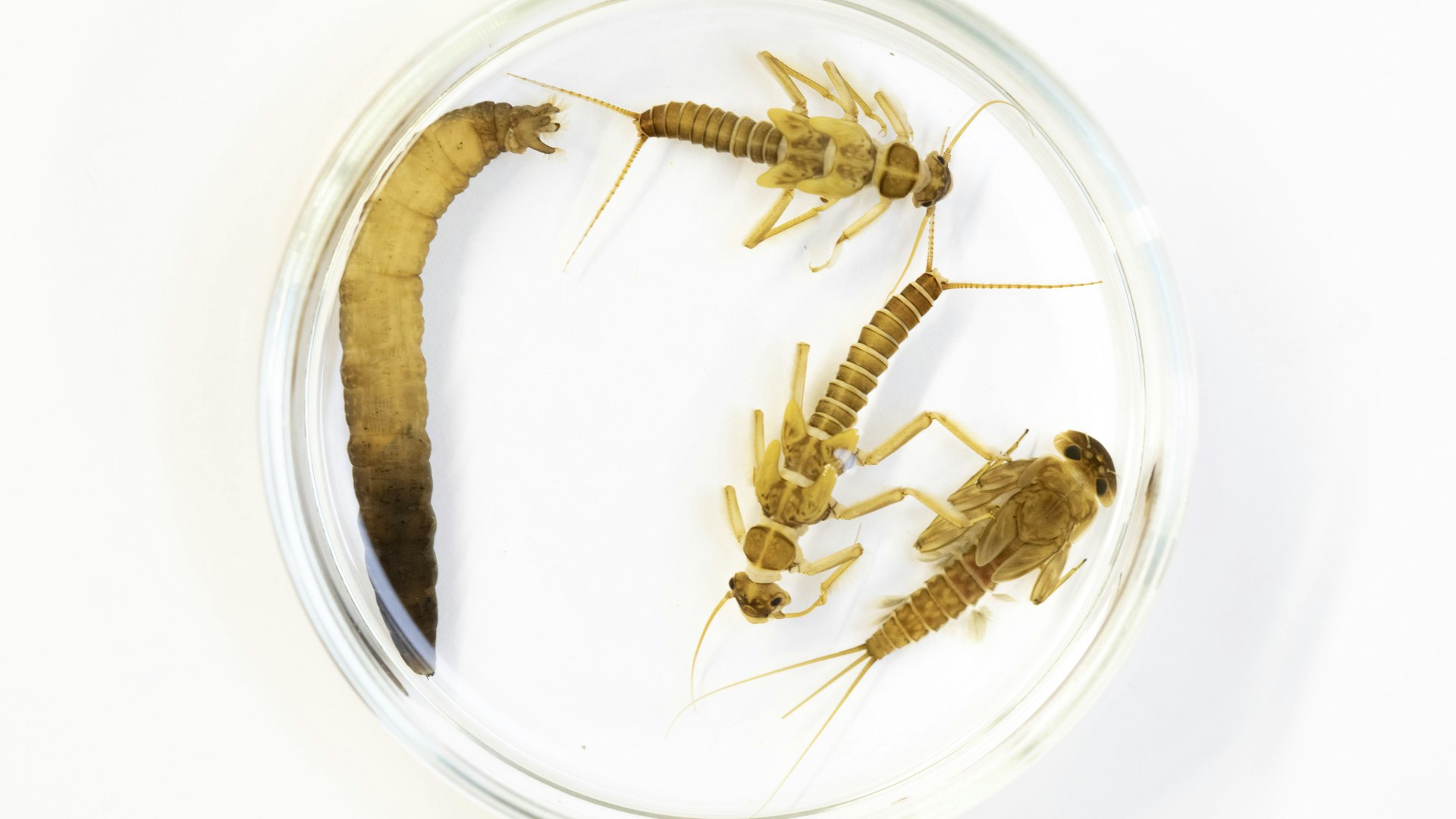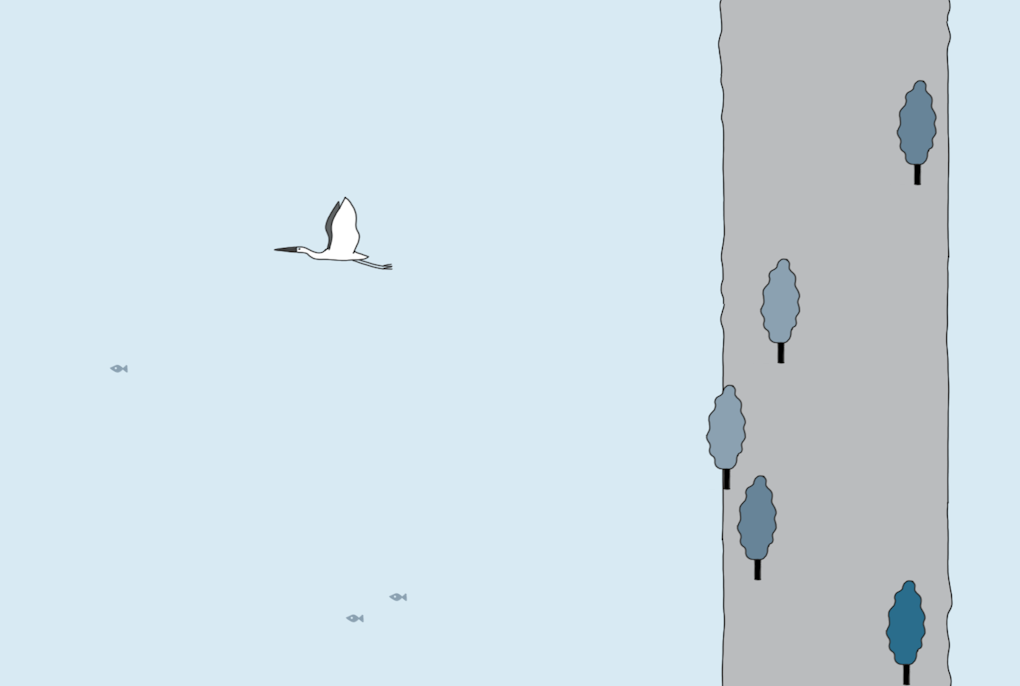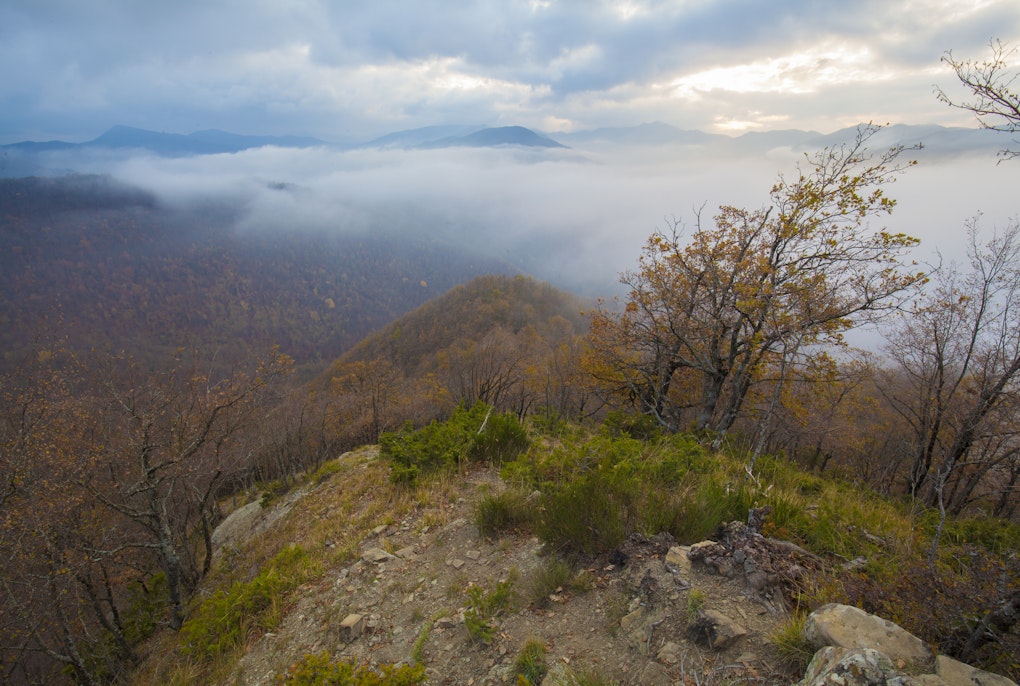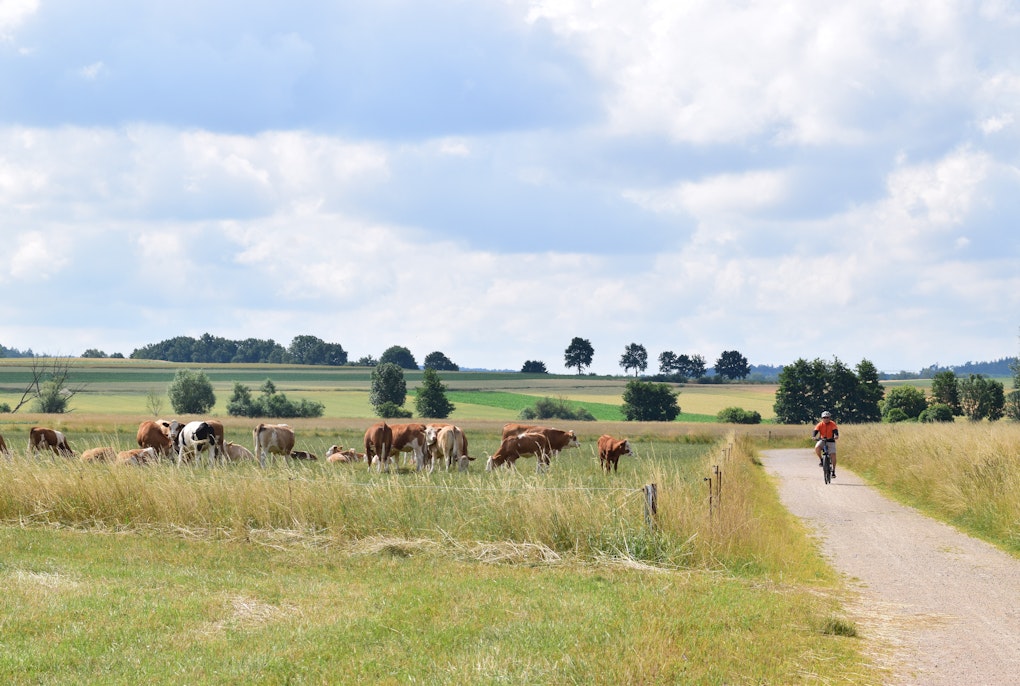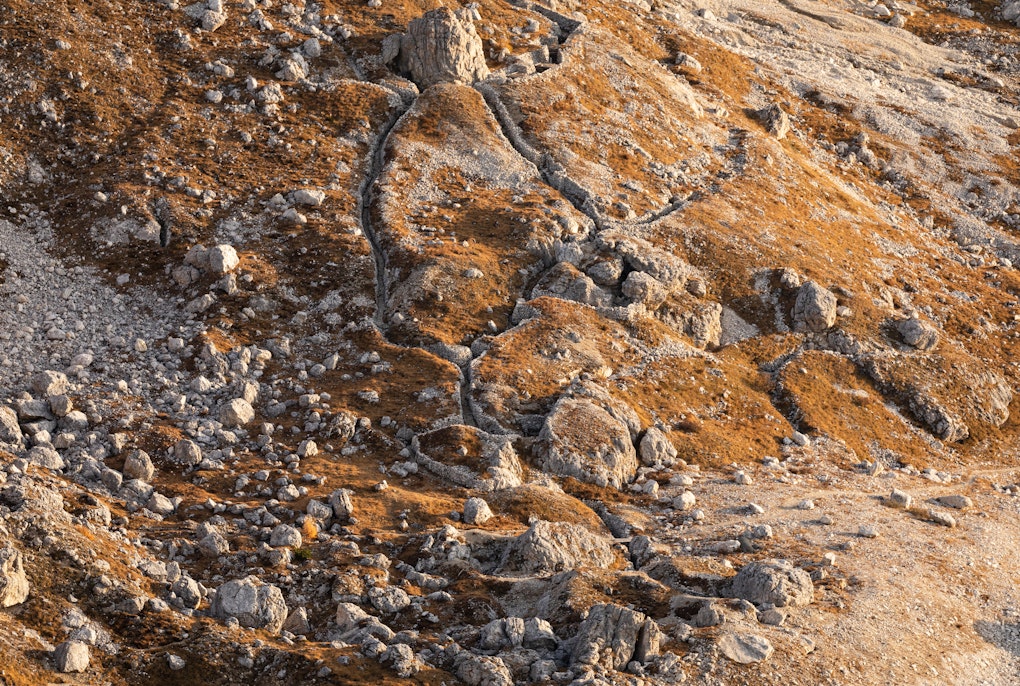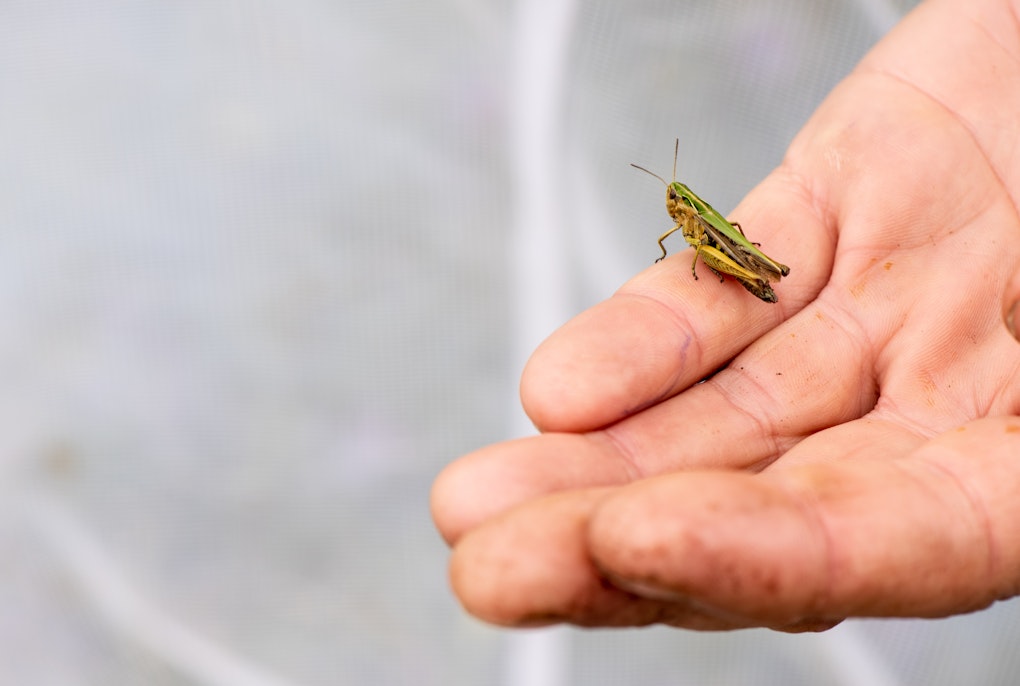magazine_ Article
Living rivers
How the organisms that inhabit watercourses mirror their state of health
Left to right, a diptera (order Diptera), two stoneflies (order Plecoptera) and a mayfly (order Ephemeroptera), three of the invertebrate groups that we can find in streams and rivers.
© Eurac Research | Andrea De Giovanni
Monitoring the environmental quality of running waters can be done through chemical-physical methods and by analyzing the organisms that live in them. In fact, rivers and streams are home to aquatic macroinvertebrates that are affected by water pollution, so much so that they are indicators of the state of health of these environments. Currently, the Eurac Research Institute for Alpine Environment is studying these organisms in 120 sampling sites throughout South Tyrol.
Benthic macroinvertebrates are animals characterized by their size and habitat: larger than a millimeter and living on the streambed. They include various faunal groups, such as molluscs, small crustaceans and insects, which are the most frequent. “Between 2021 and 2023 – the first three years of our Biodiversity Monitoring project in South Tyrol, we surveyed more than 200 different taxa,” says Magdalena Vanek, a researcher at the Eurac Research Institute for Alpine Environment. “We speak of taxa and not species because it is very difficult to trace the species to which a specimen belongs, particularly when it is in the juvenile larval stages. In these cases, we identify the genus or family to which the animal in question belongs.”
The studies conducted by the Institute for Alpine Environment team led by Roberta Bottarin are aimed both at learning about and monitoring the aquatic fauna and at analyzing the ecological functionality of watercourses in the region. “We also assess changes in the macroinvertebrate community in response to anthropogenic impacts and the surrounding environment, as these are indicator organisms of the state of water quality,” explains Francesca Vallefuoco, another member of the Institute’s team. The aim is to develop good practices for the conservation of river environments and their biodiversity. But why study macroinvertebrates in particular? “These are relatively non-mobile species with a long enough lifecycles – they live up to a few months – to allow for the assessment of the specific ecological conditions of the sampling site,” says Vallefuoco. “Furthermore, these animals spend all or most of their lives in water, they are easy to sample and differ in their tolerance to pollution. Finally, the macroinvertebrate community being a food resource for many species of fish and birds is at the base of the trophic chain of aquatic ecosystems, they inhabit different ecological niches and are characterized by a wide range of preferences and feeding habits.” By virtue of these characteristics, macroinvertebrates are considered excellent indicators of the health of water bodies and are widely used in biomonitoring of aquatic ecosystems, both at national and European level, according to the Water Framework Directive 2000/60/EC.
By analyzing data collected over the years, Roberta Bottarin’s research group has already accumulated evidence showing that stream biodiversity is influenced by various factors. These include substrate, surrounding land use, river flow, elevation and proximity to the source. “In the Matschertal/Val di Mazia, for example, we have seen that the number of species decreases as you get closer to the glacier from which the stream originates. This is because the waters immediately downstream of the glacier represent an environment of extreme conditions in which few species are able to survive,” says Francesca Vallefuoco. The goal of the research conducted by the Institute for Alpine Environment, however, is much more ambitious: assessing changes in macroinvertebrate communities over the long term.
The study: Biodiversity of European rivers
The macroinvertebrate research group at Eurac Research’s Institute for Alpine Environment participated in an international study on the ecological quality of Europe’s rivers, published last August in the journal Nature. The authors of the research analyzed data on 2648 macroinvertebrate species, collected between 1968 to 2020 at 1816 sites scattered across 22 countries. What emerges is that after a period of biodiversity recovery that took place in the 1990s and early 2000s, this recovery has slowed dramatically. According to experts, for river biodiversity to return, new efforts are needed that consider emerging problems, particularly climate change, new pollutants and the spread of invasive species.
The study can be downloaded here: https://doi.org/10.1038/s41586-023-06400-1
